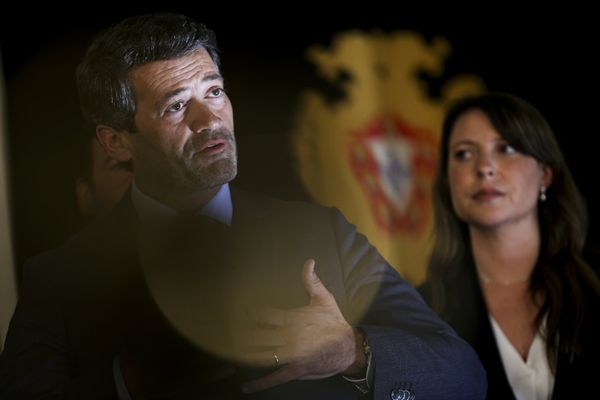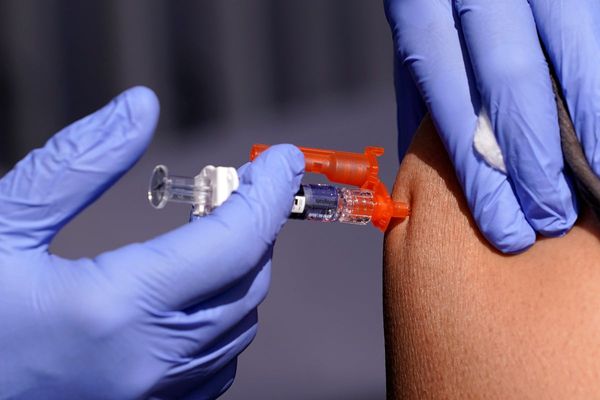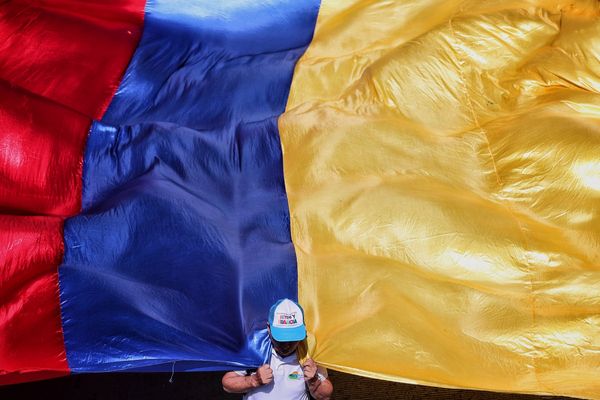
Innovations and new product launches at Hindustan Unilever Ltd’s (HUL) personal care brand Lakmé have surged over the last few years amid soaring demand for beauty products in India, and rising competition from foreign and home-grown brands, such as L’Oréal-owned Maybelline, Colorbar and MAC. The pace of innovation at Lakmé, which sells coloured cosmetics and skin care products, is up nearly three times than what it was few years ago, said a top HUL executive.
“As the market has evolved, our pace of innovation has every year been more than what it was in the past. If earlier we were doing 5-10 innovations a year, today we are doing 30-50 innovations, or renovations, on Lakme,” said Sandeep Kohli, executive director, personal care, HUL.
As part of its initiatives to innovate, Lakmé counts the launch of the more pricey, Lakmé Absolute Kareena Kapoor Khan collection, which features products such as a roll-up pout-definer lip colour and a crème blush in a stick format. It also launched a mini version of its 9 to 5 mousse foundation, apart from introducing a range of natural skincare and makeup products under the Lakmé 9 to 5 Naturale range, including aloe gel, finishing powder and gel kajals.
India’s ₹97,000-crore beauty and personal care market is undergoing a shift, especially with smartphone-wielding millennials searching for latest beauty trends, and are willing to experiment. Higher disposable incomes are also making shoppers spend more on grooming products and services.
Lakmé, which was among the first beauty brands to be launched in India back in the 1950s, is keeping pace with these trends. Lakmé crossed the ₹1,000-crore mark in sales in 2017-18, joining the league of brands such as Lux and Vim that have breached the ₹1,000-crore sales mark in HUL.
In a recent earnings presentation released by the company, it noted that innovation-led growth in its coloured cosmetics portfolio had helped the turnover of such products grow 2.3 times between FY13 and FY19. The firm said 150 stock keeping units are being launched every year on an average.
Estimates from research firm Euromonitor suggest that Lakmé ranks No.1 in the coloured cosmetics market in India, followed by Maybelline, Elle 18 (owned by HUL), Colorbar, and Oriflame.
Lakmé benefits not only from the vast reach of its parent, HUL, in India’s fast-moving consumer goods market, but also from its pace of innovation and strong celebrity endorsements that have helped build a strong consumer connect. “They want to be everywhere and participate in whatever new trends are there in the market,” said a top executive at a beauty retail chain, requesting anonymity.
Kohli said variety-seeking Indian shoppers are demanding more goods, clearly an outcome of the exposure to the internet. In May 2018, the brand introduced its first ever range of natural make-up and skin products under its Lakmé 9 to 5 range in line with the growing demand for natural ingredients.
The trend to launch premium beauty products has been on the rise, as it seeks to expand its portfolio that traditionally served value-seeking shoppers.
As a result, its portfolio today consists of products priced as low as ₹99 to lipsticks that now cost ₹1,300.
Kohli added that currently, premium brands are the fastest growing “because that’s where the market is evolving”. Lakmé has also become more aggressive with its pricing strategy to keep ahead of other mass-market brands, he added.
Lakme’s drive comes at a time when competition in the beauty market is heating up. Besides, the emergence of online as a popular sales channel for beauty goods could also pose a challenge to Lakmé, as entry barriers to sell online are low. Lakmé will need to do more to build its presence online.
In December, Lakmé rolled out its own e-commerce portal to tap into the growing demand for beauty products online. Kohli acknowledged that competition has also “intensified”. “Competition is good because the penetration of each of these products and each of these categories in India is still very low,” he added.







